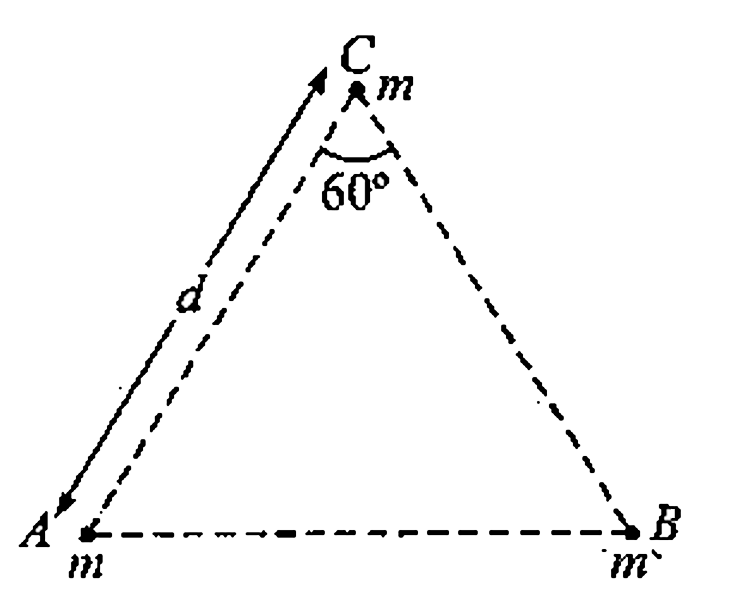Sequence the following tasks as they would be taken up while developing the understanding of shapes and space across primary classes
A. Matches the properties of 2-D shapes by observing their sides and corners.
B. Describes intuitively the properties of 2-D shapes.
C. Sorts 2-D shapes.
D. Describes the various 2-D shapes by counting their sides, corners and diagonals.
A, D,B,C
C, A, D,B
D, B, A,C
O,B,D, A
The correct Answer is:B
To sequence the tasks involved in developing an understanding of shapes and space across primary classes, we can follow these steps:
1. Sort 2-D Shapes (C): The first step in understanding shapes is to sort them. This helps students categorize different shapes based on their characteristics, such as being a triangle, square, or circle.
2. Match the Properties of 2-D Shapes by Observing Their Sides and Corners (A): After sorting the shapes, the next logical step is to match the properties of these shapes. This involves observing and comparing the number of sides and corners of the sorted shapes.
3. Describe the Various 2-D Shapes by Counting Their Sides, Corners, and Diagonals (D): Once the properties are matched, students can describe the shapes in more detail. This includes counting the sides, corners, and diagonals, which deepens their understanding of the shapes.
4. Describe Intuitively the Properties of 2-D Shapes (B): Finally, students can describe the properties of the shapes intuitively. This step involves using their understanding and observations to articulate what they have learned about the shapes.
Final Sequence:
- C (Sorts 2-D shapes)
- A (Matches the properties of 2-D shapes by observing their sides and corners)
- D (Describes the various 2-D shapes by counting their sides, corners, and diagonals)
- B (Describes intuitively the properties of 2-D shapes)
Answer:
The correct sequence is: C, A, D, B.
---
- C (Sorts 2-D shapes)
- A (Matches the properties of 2-D shapes by observing their sides and corners)
- D (Describes the various 2-D shapes by counting their sides, corners, and diagonals)
- B (Describes intuitively the properties of 2-D shapes)
The correct sequence is: C, A, D, B.
Topper's Solved these Questions
Similar Questions
Knowledge Check
- Question 1 - Select One
Sequence the following tasks as they are taken up while developing the concept of measurement:
A Learners use standard units to measure length
B Learners use non-standard units to measure length
C Learners verify objects using simple observation
D Learners understand the relationship between metric unitsAC,B,A,DBD,A,C,BCA,B,D,CDB,A,C,D - Question 2 - Select One
Using technology-based games involving factorisation of numbers or formation of new shapes by joining 2D shapes, etc.
Aenhances students' ability to understand the concepts better as they are able to explore, observe and inter at their own paceBhelps teacher to assess students' performance in MathematicsChelps teacher to manage in Mathematics laboratoryDenhances students' numeracy skills and computational skills - Question 3 - Select One
Using technology-based games involving factorisation of numbers or formation of new shapes by joining 2D shapes, etc.
Aenhances students' ability to understand the concepts better as they are able to explore, observe and infer at their own paceBhelps teacher to assess students' performance in MathematicsChelps teacher to manage students in Mathematics laboratoryDenhances students' numeracy skills and computational skills
Write an anion whose shape can be explained by the scheme of sp3d2 hybridisation.
View SolutionThree particle each of mass m are placed at the corners of an equilateral at the corners of an equilateral triangle of side d as shown in figure. Calculate (a) the potential energy of the system, (b) work done on this system if the side of the traingle is changed from d to 2d.
 View Solution
View SolutionUsing technology-based games involving factorization of numbers or formation of new shapes by joining 2D shapes, etc.
View SolutionIn which of the following molecular shape dz2 orbital must not be involved in bonding ?
View SolutionIn which of the following molecular shape dz2 orbital must not be involved in bonding ?
View Solution

